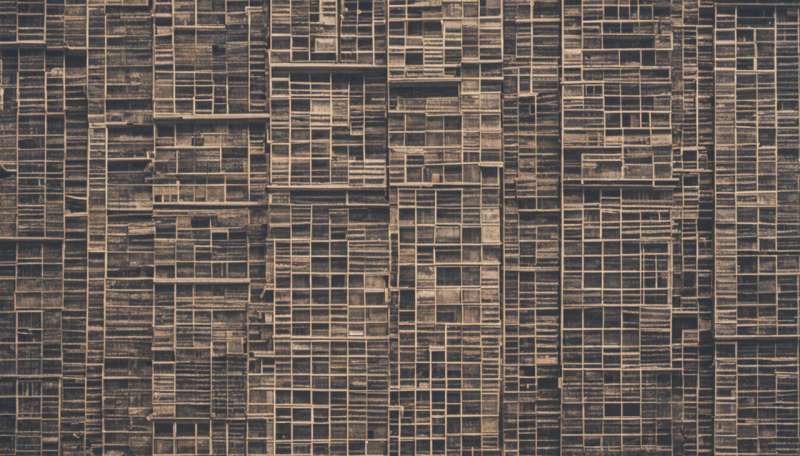Racial divides decline but still exist in urban America

Blacks and Hispanics are significantly more likely than whites and Asians to live in high-poverty neighborhoods in the United States—neighborhoods that are often characterized by poor schools, limited social services and high crime rates, according to Penn State research.
Glenn Firebaugh, the Roy C. Buck Professor of American Institutions, Sociology, and Demography and a Population Research Institute research associate, investigates the direction and pace of change in racial neighborhood inequality. "Recent research shows that racial differences in neighborhood poverty contribute to the persistence of racial inequality in the U.S.," he explained. "Poor neighborhoods diminish the life chances and the quality of life of residents, so it is important to determine how quickly and in what direction poverty rates in neighborhoods are changing."
Firebaugh, along with Penn State sociology and demography graduates Chad Farrell and Francesco Acciai, looked at U.S. census data from 1980 to 2010 to determine poverty rates and median incomes for more than 57,000 urban neighborhoods. They found that racial disparities are continuing. "Neighborhood conditions have historically been particularly harsh for African Americans, and we found that the legacy of disadvantage continues today as blacks, on average, live in neighborhoods with the highest poverty rates and lowest median incomes," Firebaugh said.
His team found gaps between some racial groups are narrowing, however. In 1980, blacks lived in the poorest neighborhoods by far, followed by Hispanics, then Asians, and whites. By 2010, the neighborhood economic gap between blacks and Hispanics had diminished greatly, and if current trends continue, Hispanics will live in the poorest neighborhoods in the near future.
The gap between whites and Asians also narrowed, as by 2010, Asians were living in wealthier-than-average neighborhoods that were similar to the neighborhoods whites were living in.
On average, the research team found that blacks, Asians and Hispanics lived in less-poor neighborhoods in 2010 than in 1980, compared to whites, but racial neighborhood disparities still exist. "When you look at the neighborhood poverty rate in the average neighborhood where whites or Asians live, versus those where blacks or Hispanics live, we can see that the racial divide is still very large," said Firebaugh.
The researchers also compared change in neighborhood poverty rates with change in residential segregation from 1980 to 2010. They found that, for blacks in particular, the narrowing of the poverty gap greatly exceeded the decline in racial segregation in neighborhoods. "Despite this narrowing of racial differences in neighborhood poverty, blacks and Hispanics continue to be much more likely than whites and Asians to live in neighborhoods where poverty rates are high," Firebaugh reported.
Provided by Pennsylvania State University

















